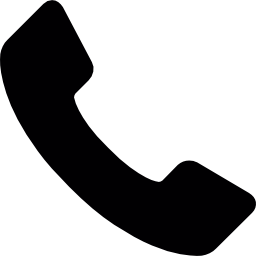Introduction
We will be covering reminders and follow-ups. This includes the following:
Reminders and Follow-Ups
You can send reminders to reduce the no-show rate.
You can also reduce the no-show rate in the following ways:
Remind The Customer More Than Once
Using follow-up emails, text messages or automated voicemails, no-show rates can be reduced by 17% and 24% compared a group receiving a reminder 1 day before the appointment and a group receiving a reminder 3 days before the appointment, according to a study published by the American Journal of Managed Care in 2018.
Follow-up emails are emails sent during a client journey in order to collect information. They can be generated in the following way:
- Working out an objective
- Contextualising your opening
- Stating your purpose clearly
- Creating a subject line
- Sending the follow-up email
Text messages are used for customer service purposes, and to increase customer satisfaction. They are used by businesses to open conversations with clients, as well as sending out updates and alerts, appointment reminders, and delivery statuses. Benefits of using text messages in business include:
- High open rate
- Gets delivered immediately
- Available conveniently
- Clients can opt-in and opt-out of text messages
- Appeals to clients
- Makes it easier to communicate.
- Can be applied in multiple ways
Automated voicemails are where prerecorded voicemails are sent out to a list of contacts. Benefits of automated voicemails include:
- They are non-intrusive
- They are scalable
- They get a better response
- More resolutions take place
- It is another contact tool
- You can be reachable 24/7
- Phone calls can be screened
- On-Hold calls can stop
- Cost-effective
- Several clients prefer voicemail
Put Appointments on their Electronic Calendars
Rather than sending out a letter with the details for the next appointment, it would be more practical to send out invitations which go out directly to the lead’s email client, which gets rid of any potential mistakes.
Benefits of using electronic calendars include: you can access appointment setters’ schedules without needing to contact the appointment setter and it can save time for the client as well.
Make it Easy for the Client to Contact the Business at Any Time
Give the client the opportunity to call, text, email or instant message you at any time, to prevent them from no-showing at the appointment, should they need to.
Schedule the Appointment as Soon as Possible
According to a study published by The American Journal of Medicine in June 2010, depending on the amount of time between the scheduling of the appointment and the appointment itself, the no-show rate increases by 5% when comparing the rates between 0-7 days and 8-27 days (where the no-show rate increases from 9% to 14%), the no-show rate increases by 7% when comparing the rates between 8-27 days and 28-50 days (where the no-show rate increases from 14% to 21%), and the no-show rate increases by 6% when comparing the rates between 28-50 days and 51-254 days (where the no-show rate increases from 21% to 27%).
Conclusion
We have covered reminders and follow-ups, including the following: reminding the customer more than once, putting appointments on their electronic calendars, making it easy for the customer to contact the business at any time and scheduling the appointment as soon as possible.

